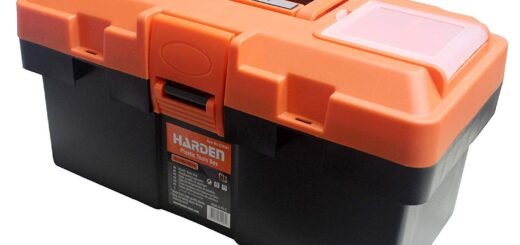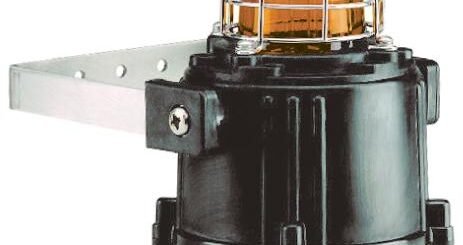Understanding Analog and Digital Switches: A Look at the Vishay Analogue Switch Dual
In the world of electronics, there are two primary types of signals: analog and digital. Analog signals are continuous and fluctuate in value, while digital signals are discrete and represent values as binary digits (0 and 1). This fundamental difference impacts the way electronic devices operate and perform. One of the essential components in electronics is the switch, and Vishay, a global leader in the development of semiconductor devices, offers an Analogue Switch Dual that can operate in both analog and digital domains. In this article, we explore the differences between analog and digital signals, the pros and cons of each, and the applications where analog or digital switches are better suited.

What Is The Difference Between Digital And Analogue
The primary difference between digital and analog signals is the way they represent data. Analog signals are continuous and can take any value within a range, while digital signals are discrete and can only represent specific values. An analog signal is like a wave that flows up and down, and its value can be measured at any point in time. Digital signals, on the other hand, are like a series of switches that turn on and off to represent data.
What is Better: Analogue or Digital
There is no definitive answer to this question because it depends on the application. Analog signals are better suited for continuous data that varies over time, like sound and images. In contrast, digital signals are better for discrete data that needs to be processed quickly, like in computer systems. In general, digital signals are more reliable and accurate, but analog signals can offer higher resolution and fidelity.
What Are Examples Of Analogue And Digital Signals?
Analog signals are everywhere in our daily lives. Sound waves, temperature, pressure, light, and voltage are all examples of analog signals. These signals can be captured and processed using analog devices such as amplifiers, filters, and sensors. Digital signals, on the other hand, are used in electronic devices that operate on binary code. Computers, mobile phones, and digital cameras are all examples of digital devices that use binary code to process and store information.
What is the Vishay Analogue Switch Dual?
The Vishay Analogue Switch Dual is a semiconductor device that can operate in both analog and digital domains. It is designed to switch between two different signals, making it useful in applications where signals need to be routed or switched. The switch is controlled by a digital signal, but it can handle analog signals as well. This versatility makes the Analogue Switch Dual an excellent choice for a wide range of applications, including audio and video systems, medical devices, and communication systems.

Advantages of Analogue Switches
Analog switches have several advantages over digital switches. One of the main advantages is that they offer high-resolution switching, which means that they can handle small signals with a high degree of accuracy. Analog switches also have low insertion loss, which means that they do not degrade the quality of the signal passing through them. In addition, they have a low power consumption, making them ideal for battery-powered devices.
Advantages of Digital Switches
Digital switches also have their advantages. They offer fast and reliable switching, making them ideal for digital circuits that require high-speed switching. Digital switches are also more immune to noise and interference, which can be a problem with analog switches. They are also easier to control and can be integrated with other digital circuits.
Applications of Analogue and Digital Switches
Analog switches are commonly used in audio and video systems, where they are used to switch between different input sources. They are also used in medical devices to switch between different sensors and electrodes. Digital switches are used in digital circuits, where they are used to route signals between different components. They are also used in communication systems, where they are used to switch between different channels or frequencies. For example, in mobile phones, digital switches are used to select the appropriate frequency band to make a call or connect to the internet. In addition, digital switches are used in digital signal processing systems, such as audio and video codecs, to switch between different processing modes.
Conclusion
Analog and digital signals are fundamental concepts in electronics, and understanding their differences is essential for designing and developing electronic devices. The Vishay Analogue Switch Dual is an excellent example of a semiconductor device that can operate in both analog and digital domains, making it suitable for a wide range of applications. The choice between analog and digital switches depends on the application, and each type of switch has its advantages and disadvantages. By considering the requirements of the application, designers can select the appropriate switch to achieve the desired performance and functionality.




